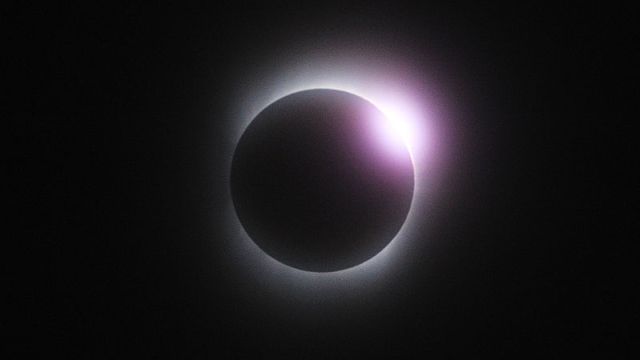Testing String Theory

What’s the Latest Development?
Jennifer Oriel, an academic at Deakin University, calls the Large Hadron Collider “poetry in motion”, so wide-reaching and powerful is its potential. The world’s most important particle accelerator will put physics’ latest theories to the test in the coming year, string theory and the Higgs boson among them. Amir Aczel, a Guggenheim fellow and Boston University science historian, believes the L.H.C. could reveal hidden folds in time. “String theory implies the existence of other dimensions of space-time: as many as 10 or 11. If the LHC finds such dimensions, it will be a big victory for the theory,” he says.
What’s the Big Idea?
The European particle physics laboratory called C.E.R.N. holds humanity’s largest and most contemporary fact finding mission: the Large Hadron Collider, a massively powerful particle accelerator that will test the resiliency of the Standard Model, which is physics’ best attempt yet at explaining our universe. As for practical applications of knowledge gained from the L.H.C., don’t expect a new toaster or a better way to juice. “The understanding of the very early beginnings of the universe is the biggest benefit to humanity that this project will bring: fundamental knowledge,” says particle physicist Geoffrey Taylor.





